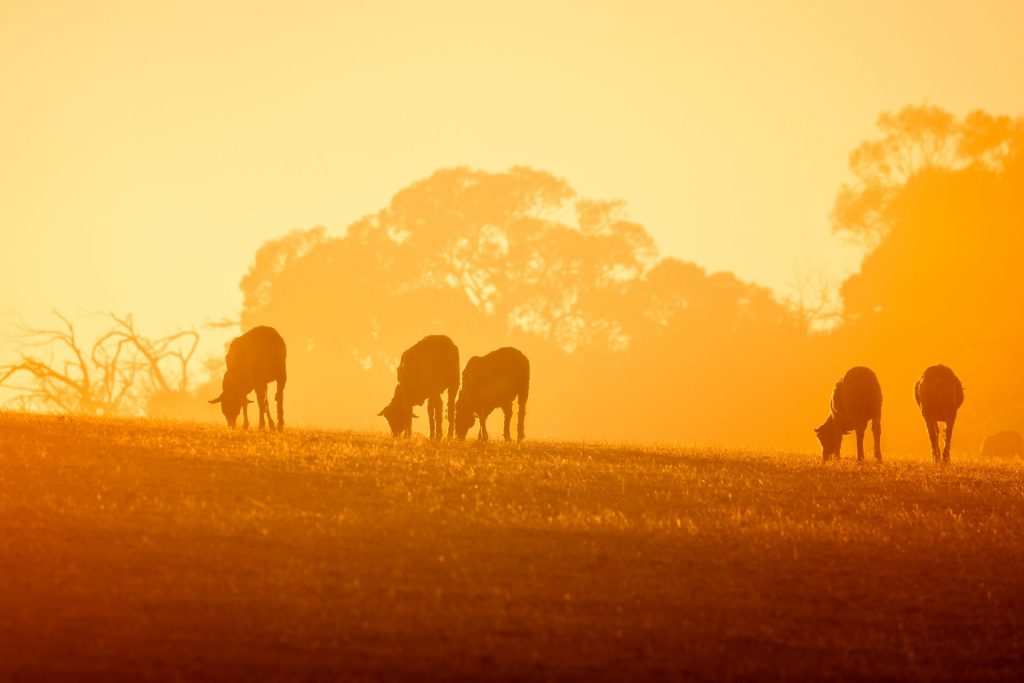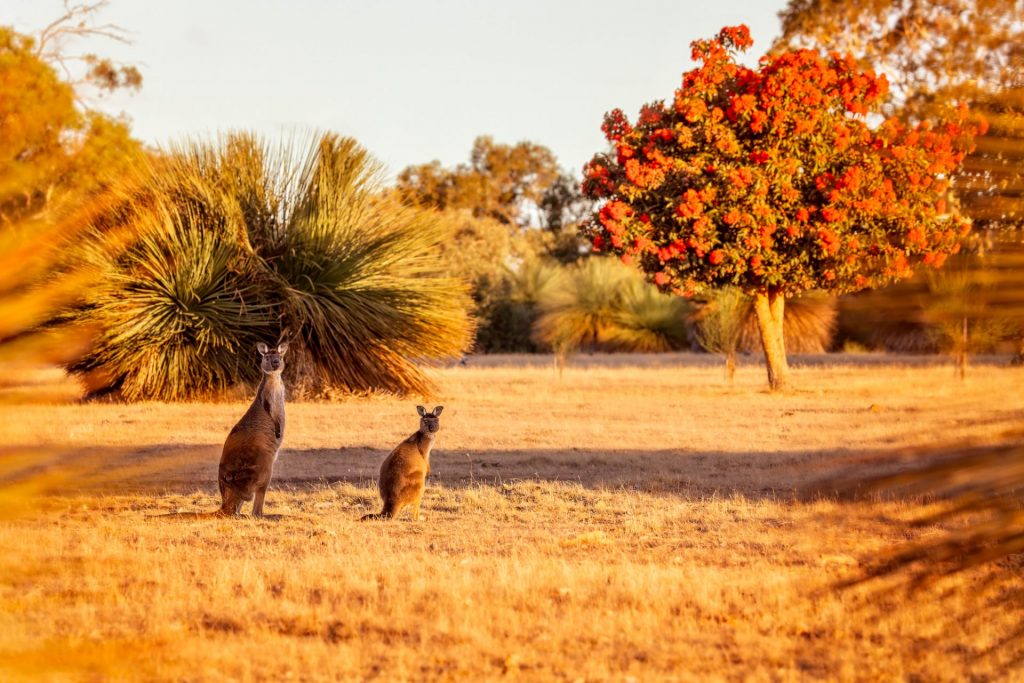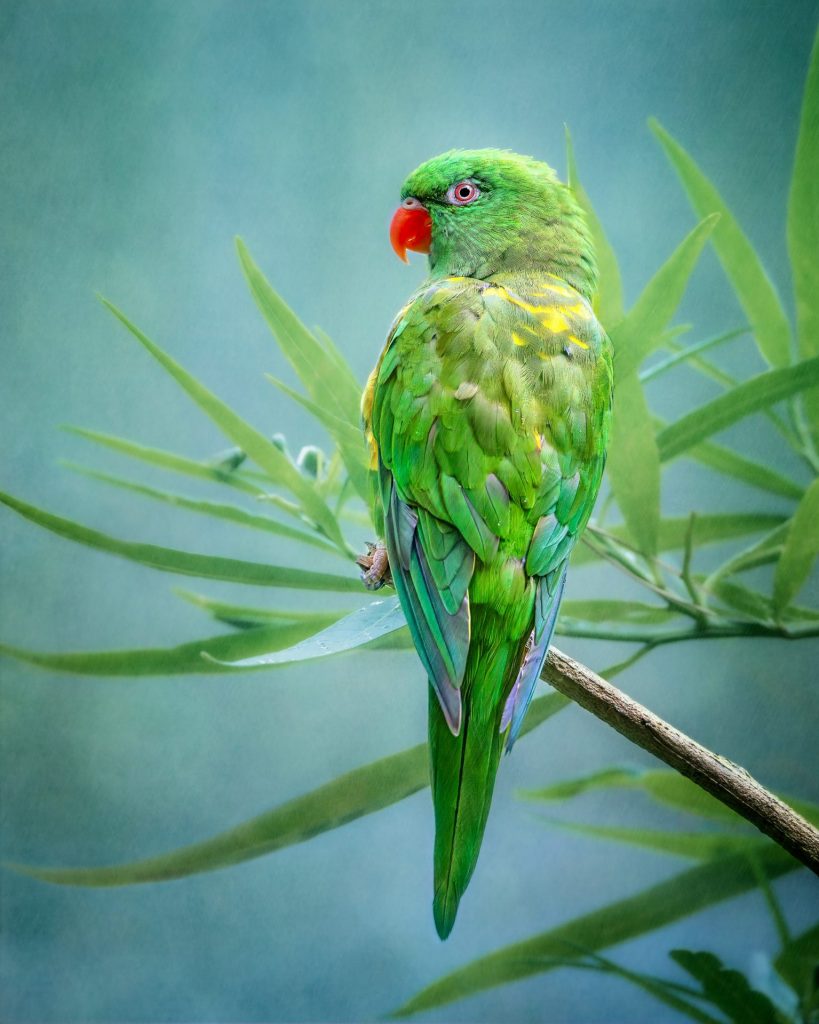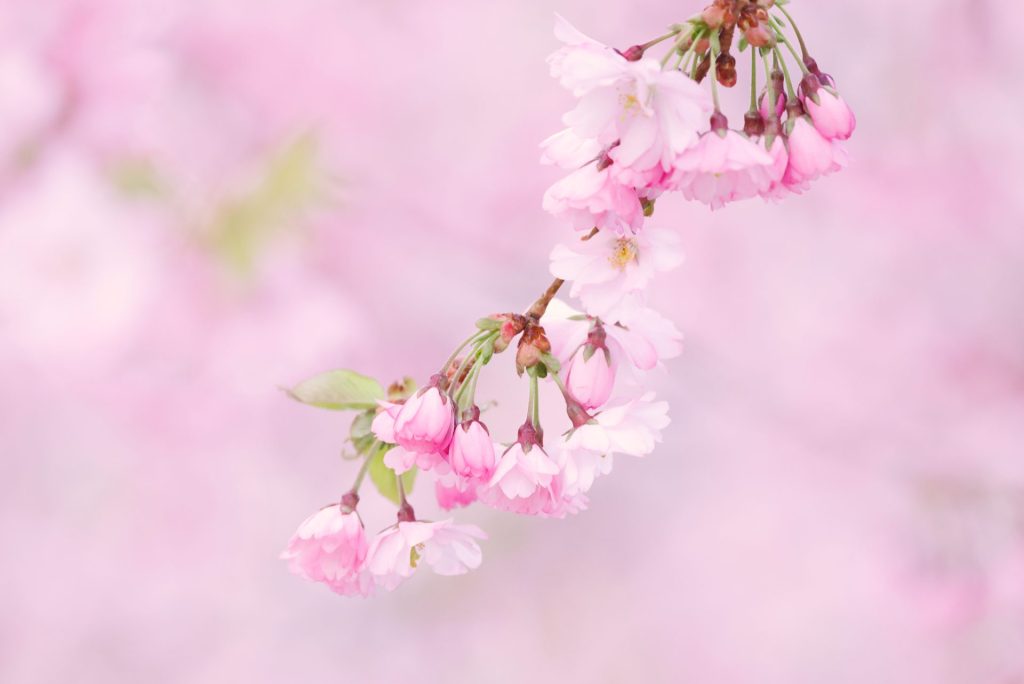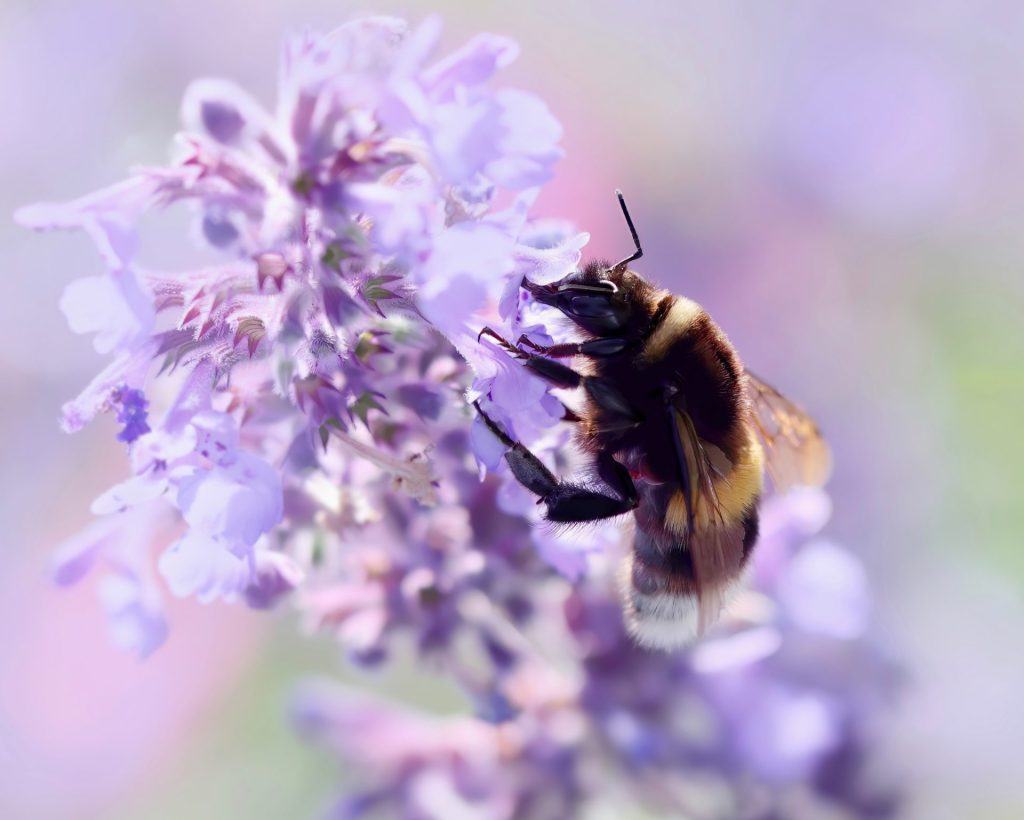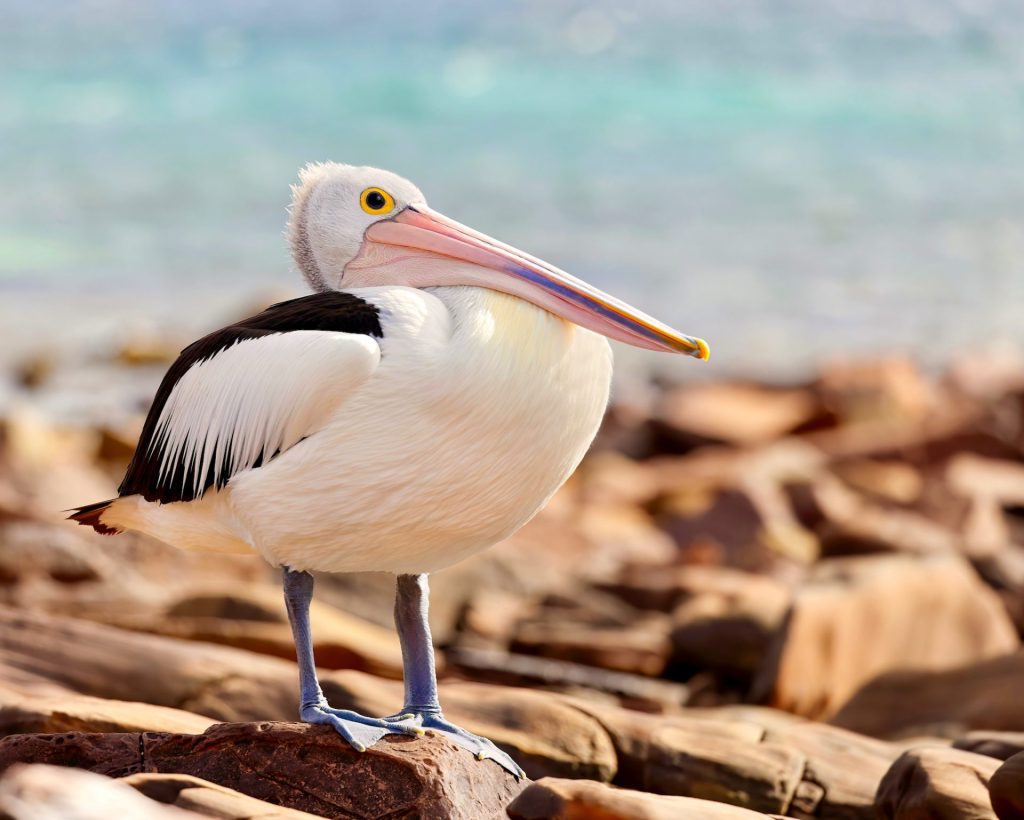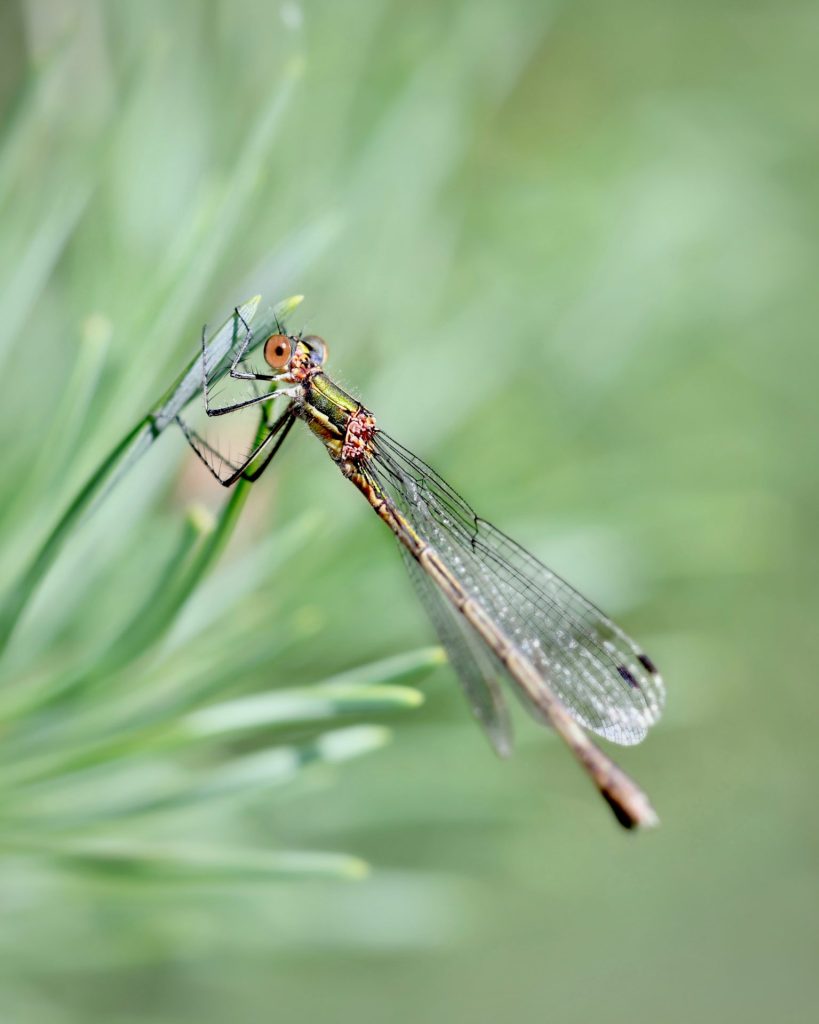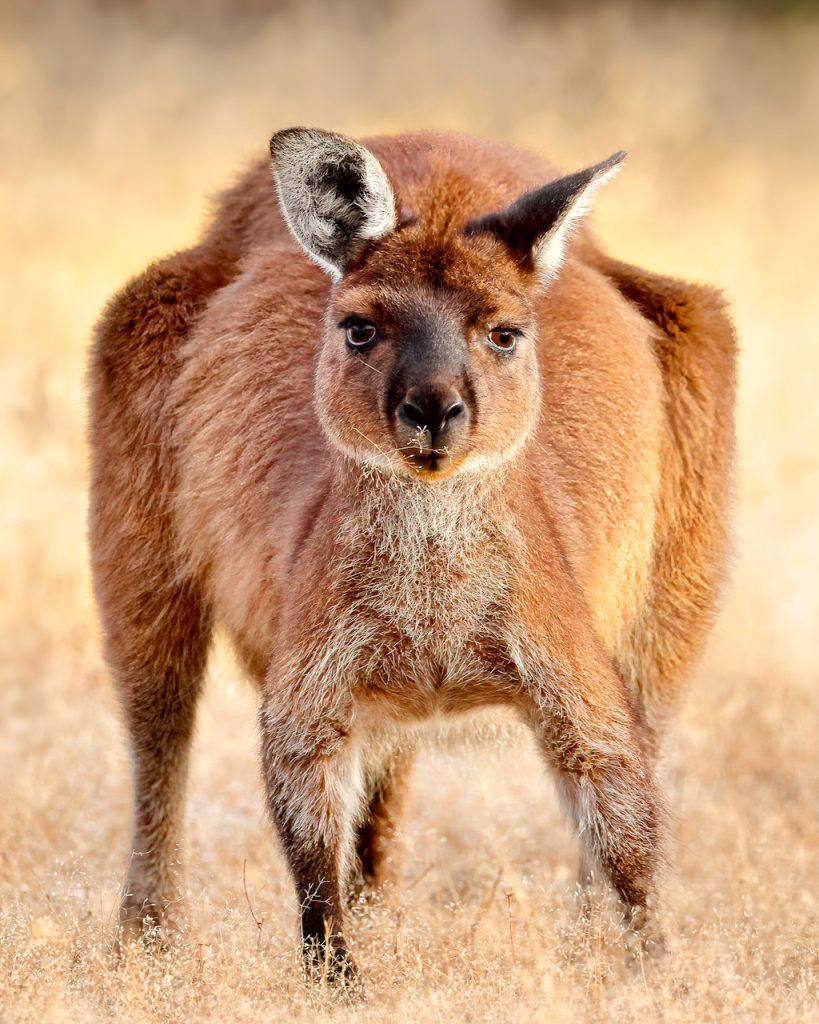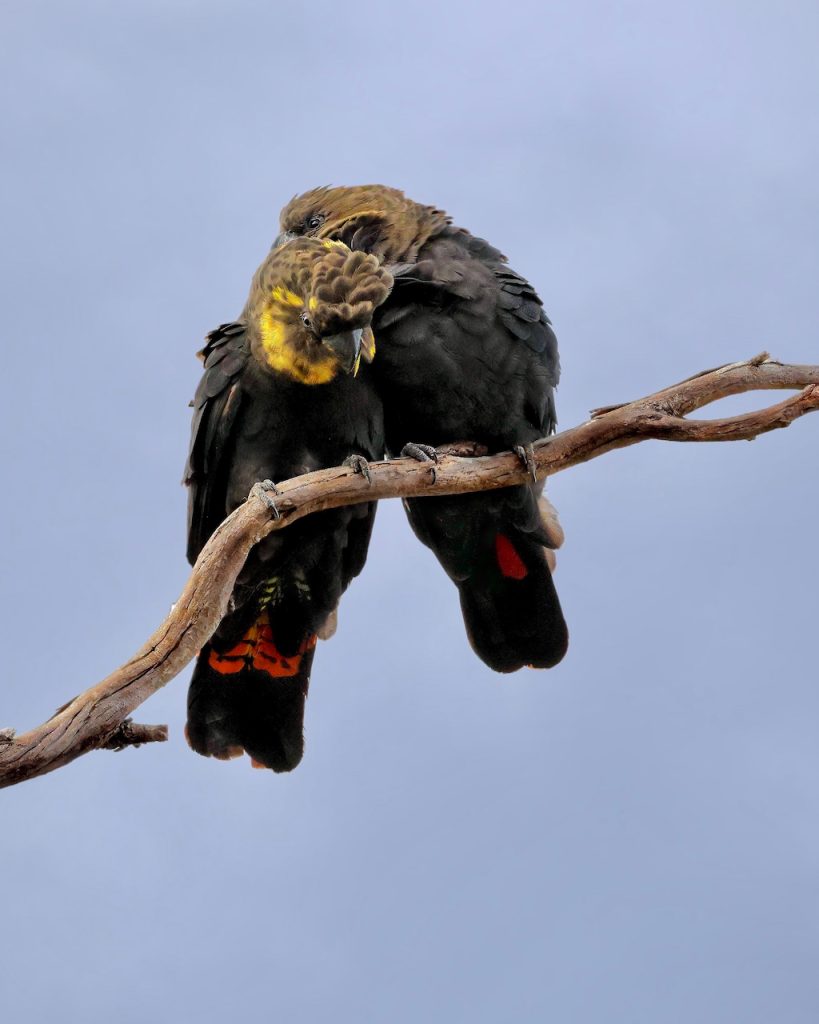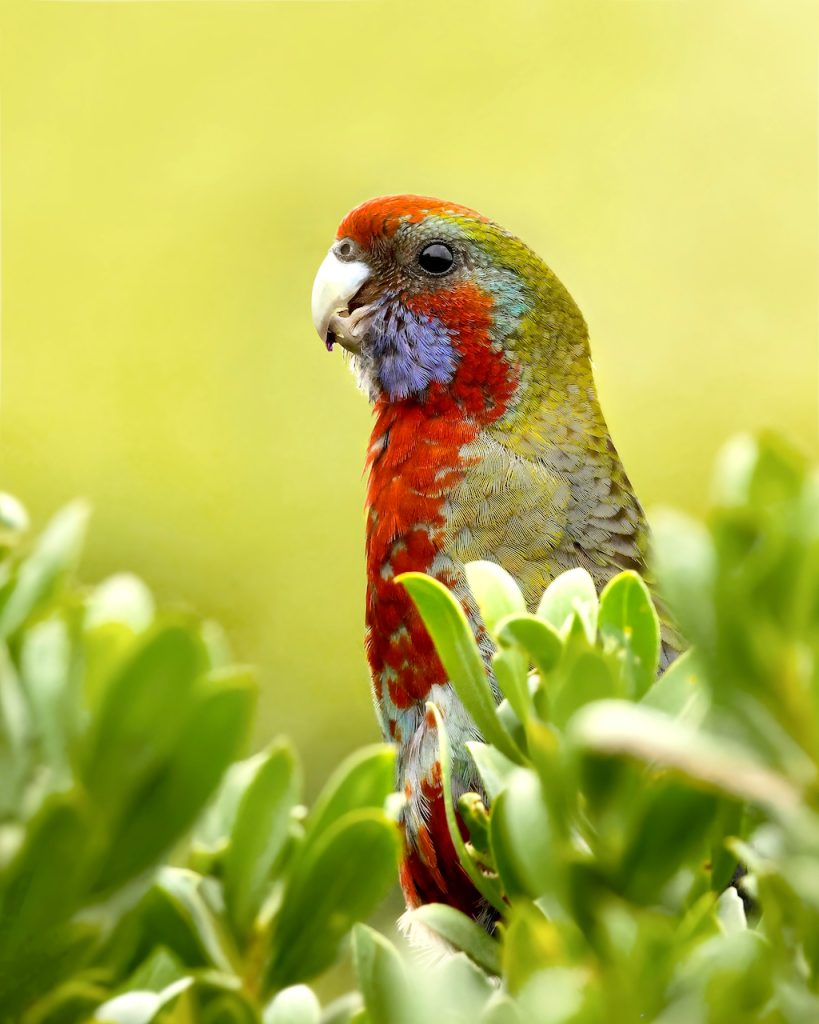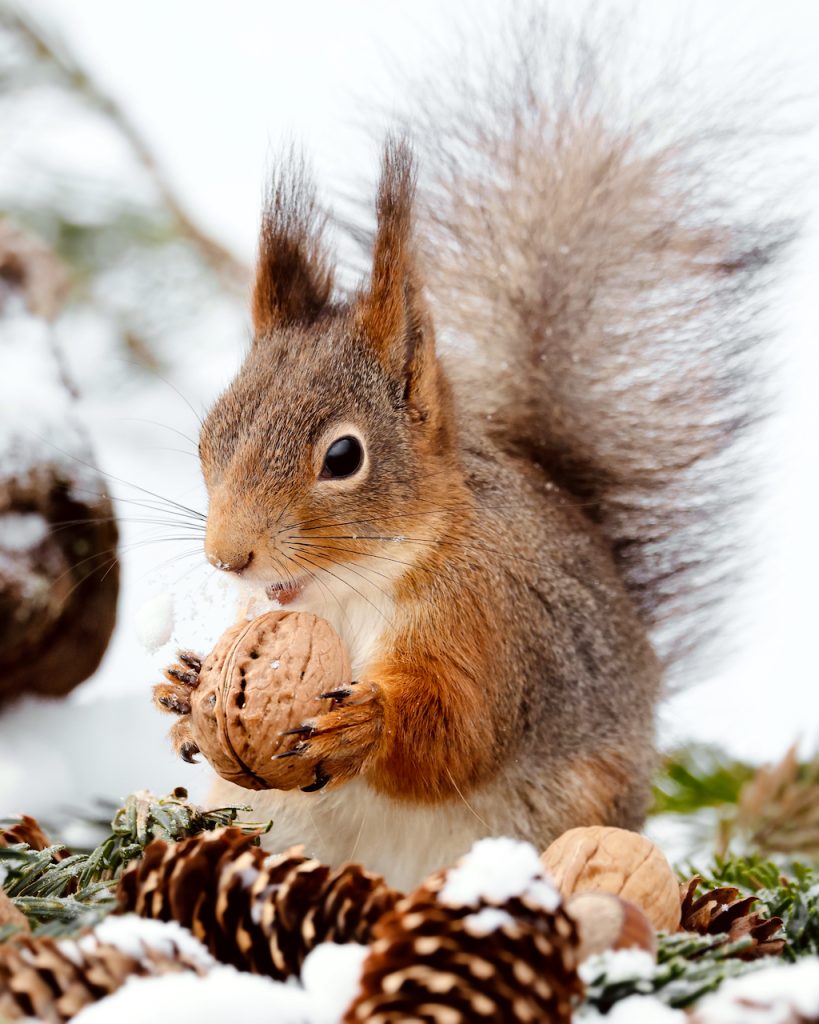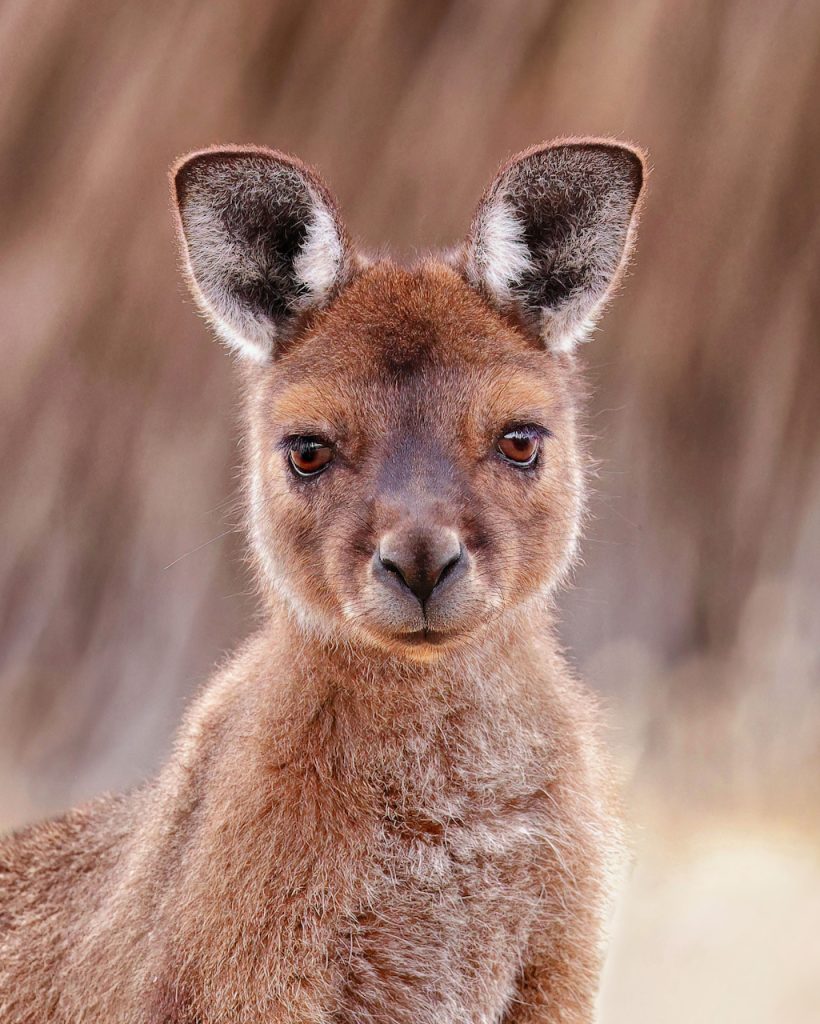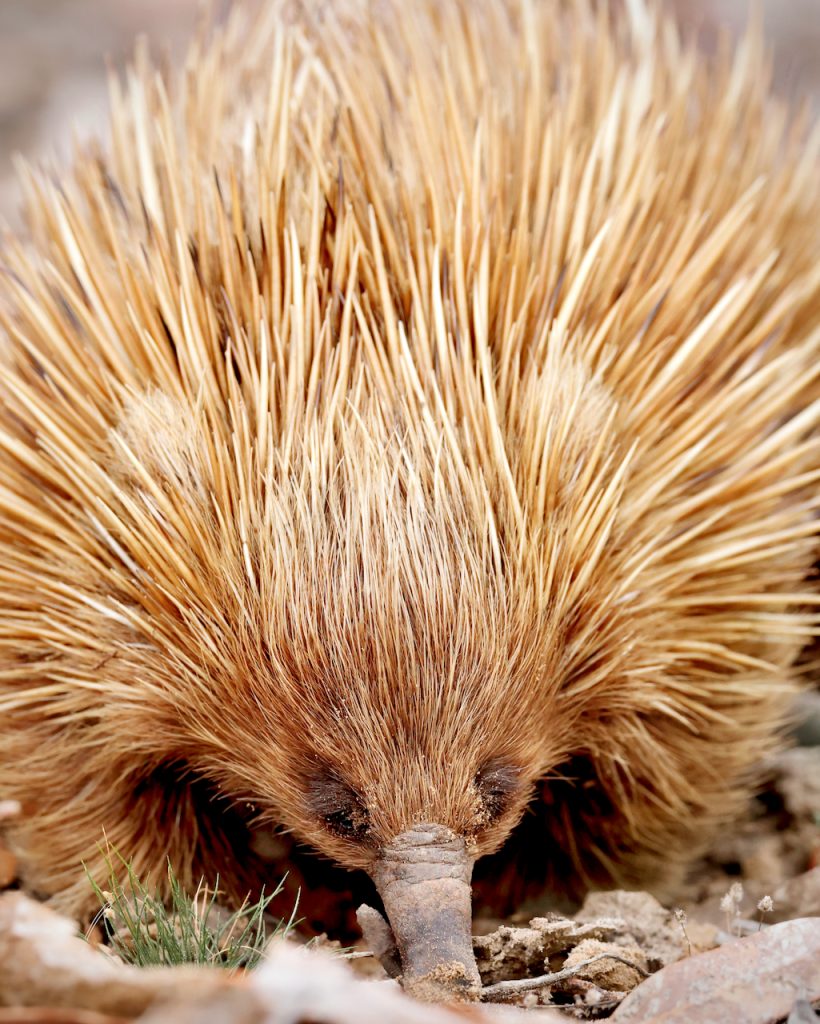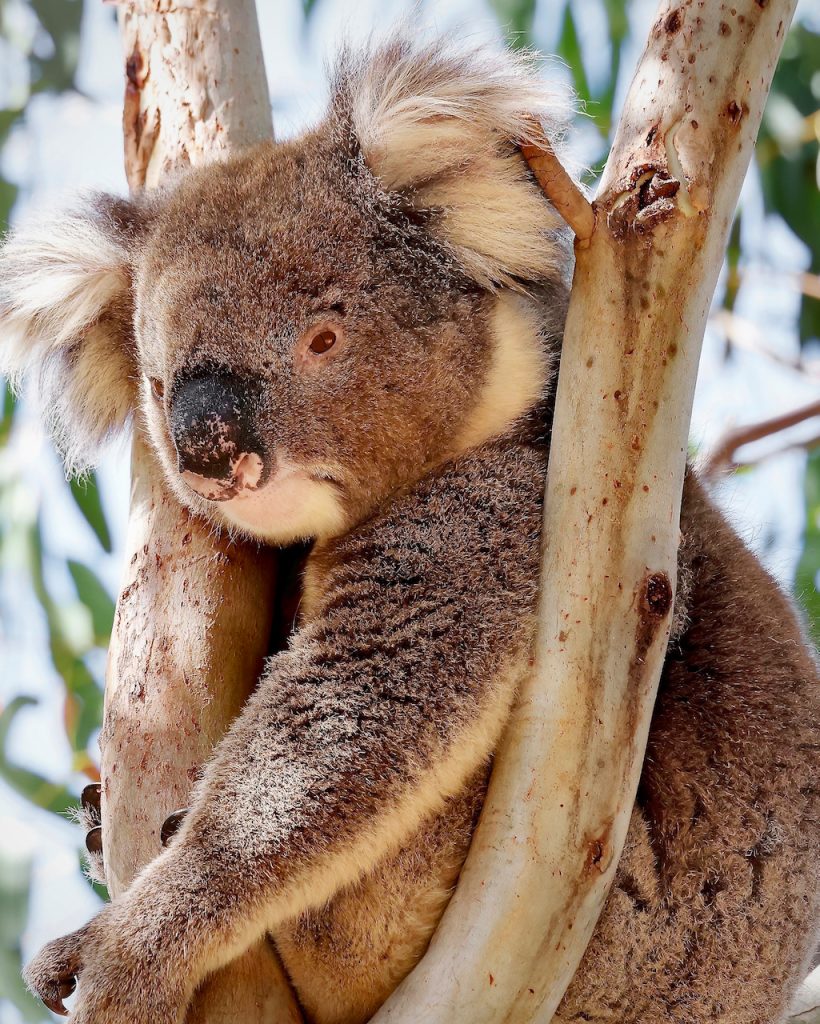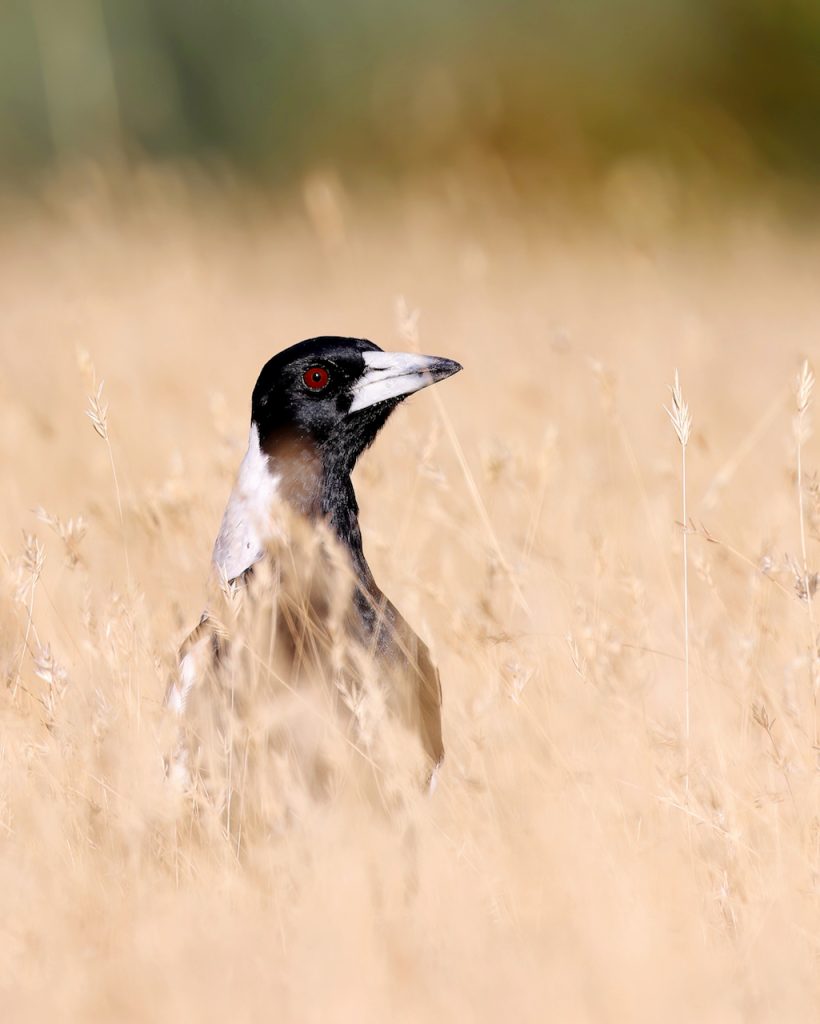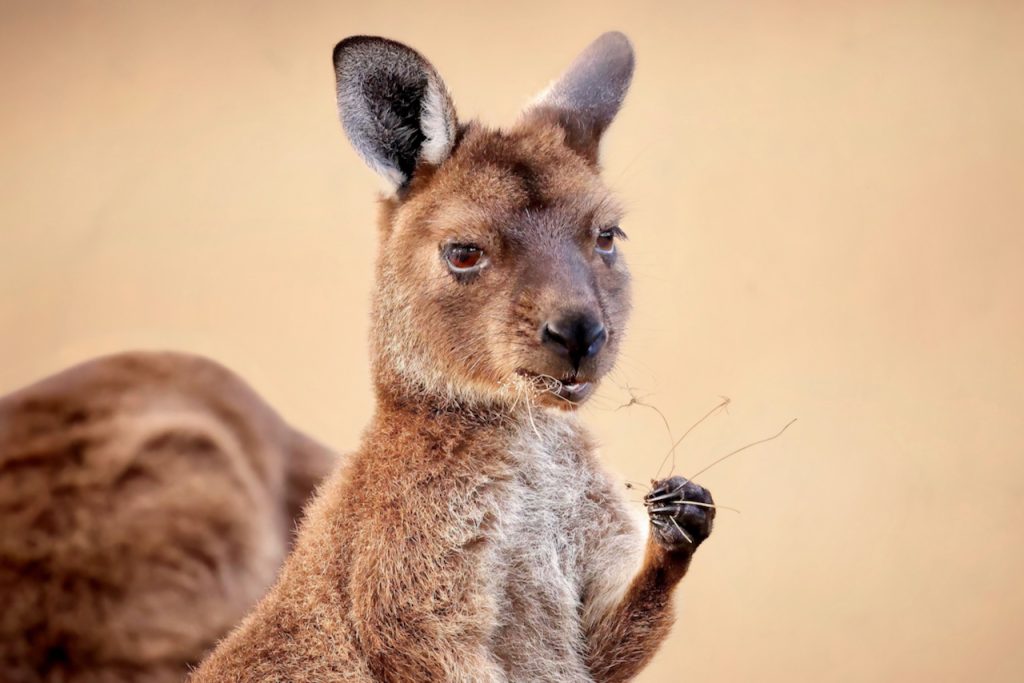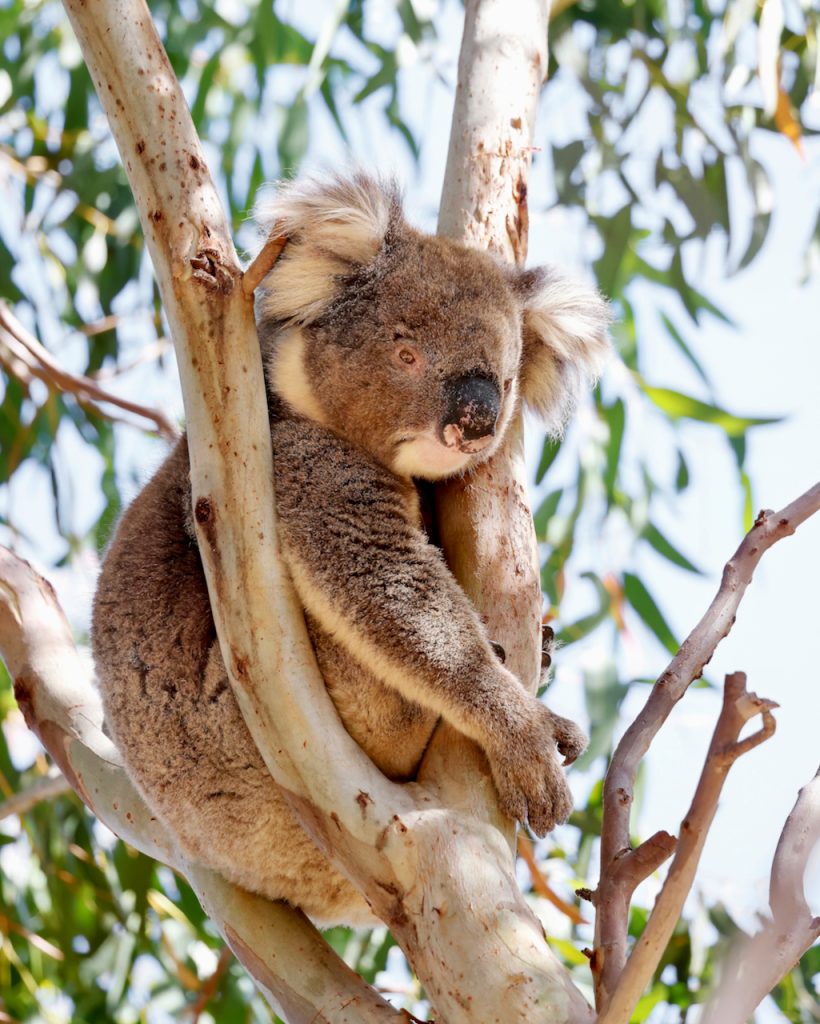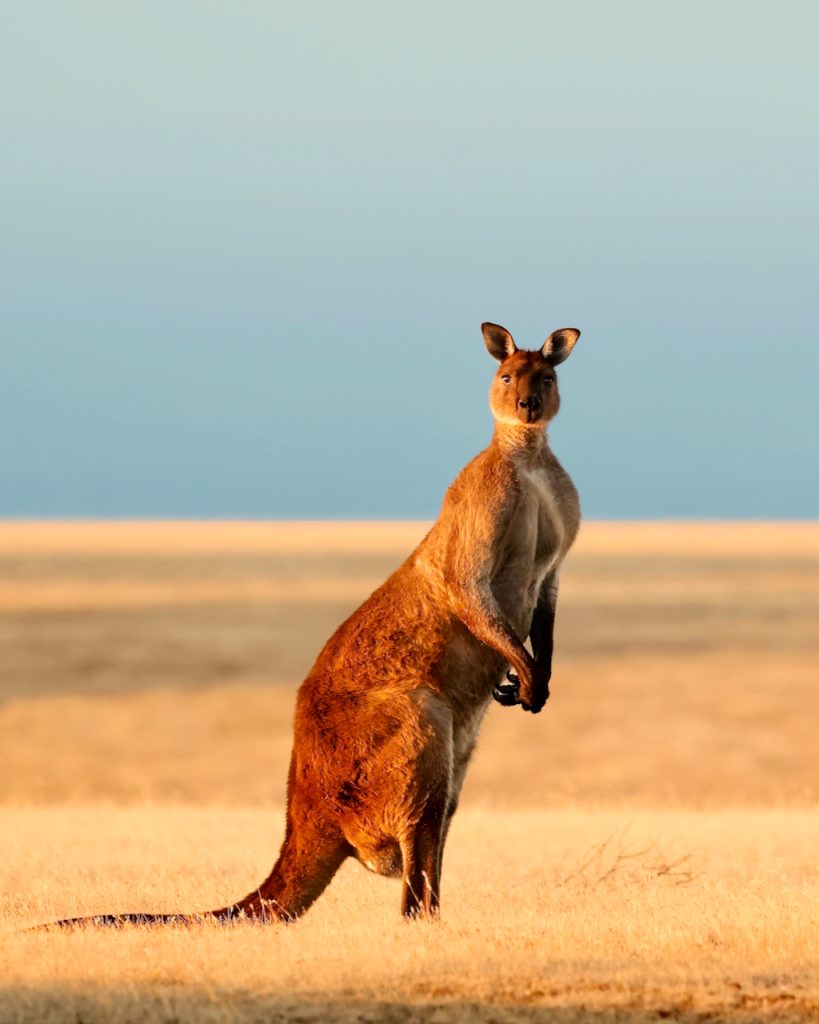
I’m thrilled to announce that my photo of this adorable Kangaroo Island kangaroo and her joey was a finalist in the 2023 Pangolin Wildlife Photography Challenge‘s “Animal Behaviour” category.
I captured this photo while on a trip to Kangaroo Island, a beautiful and unique place in South Australia. It is my absolute favorite photo of the year, and it’s an honor to have it recognized among so many beautiful entries.
Watching the mother take care of her little one was amazing; they had such a special bond! Witnessing moments like these is what makes wildlife photography so special to me.
The kangaroos in the photo are Kangaroo Island kangaroos, a subspecies of the Western Grey Kangaroo (Macropus fuliginosus). Because of their long period of isolation from mainland Australia, the KI kangaroos are pretty different from the Western Grey kangaroos. They’re shorter, darker, and much cuter if you ask me!
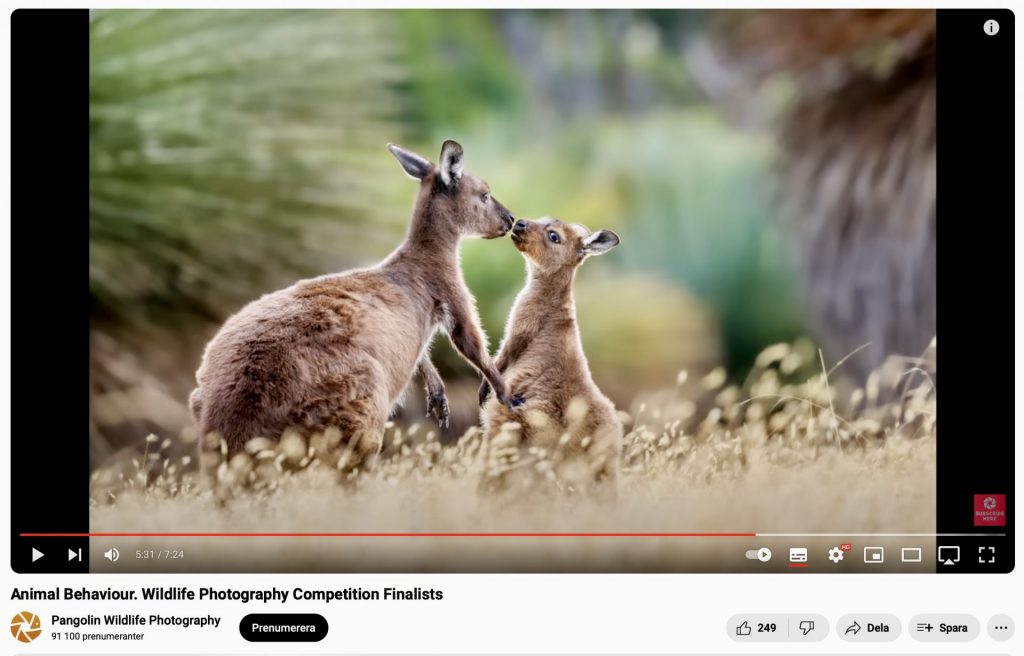
This was my first time entering a photo contest, and I’m thrilled to have made it among the finalists. So many talented photographers and beautiful photos were submitted, and I’m honored to be included among them. Thanks to everyone who supported me!
I hope this photo helps remind people of how important it is to protect and preserve our wildlife and helps to raise awareness and appreciation for these amazing animals. Every animal has a unique story and deserves to be appreciated and respected.
Here are all the finalists; my photo is at 5:31 minutes in the video. And on the video cover 😉.
Related Posts
If you liked this post, share it on your preferred social network or forward it to a friend.

